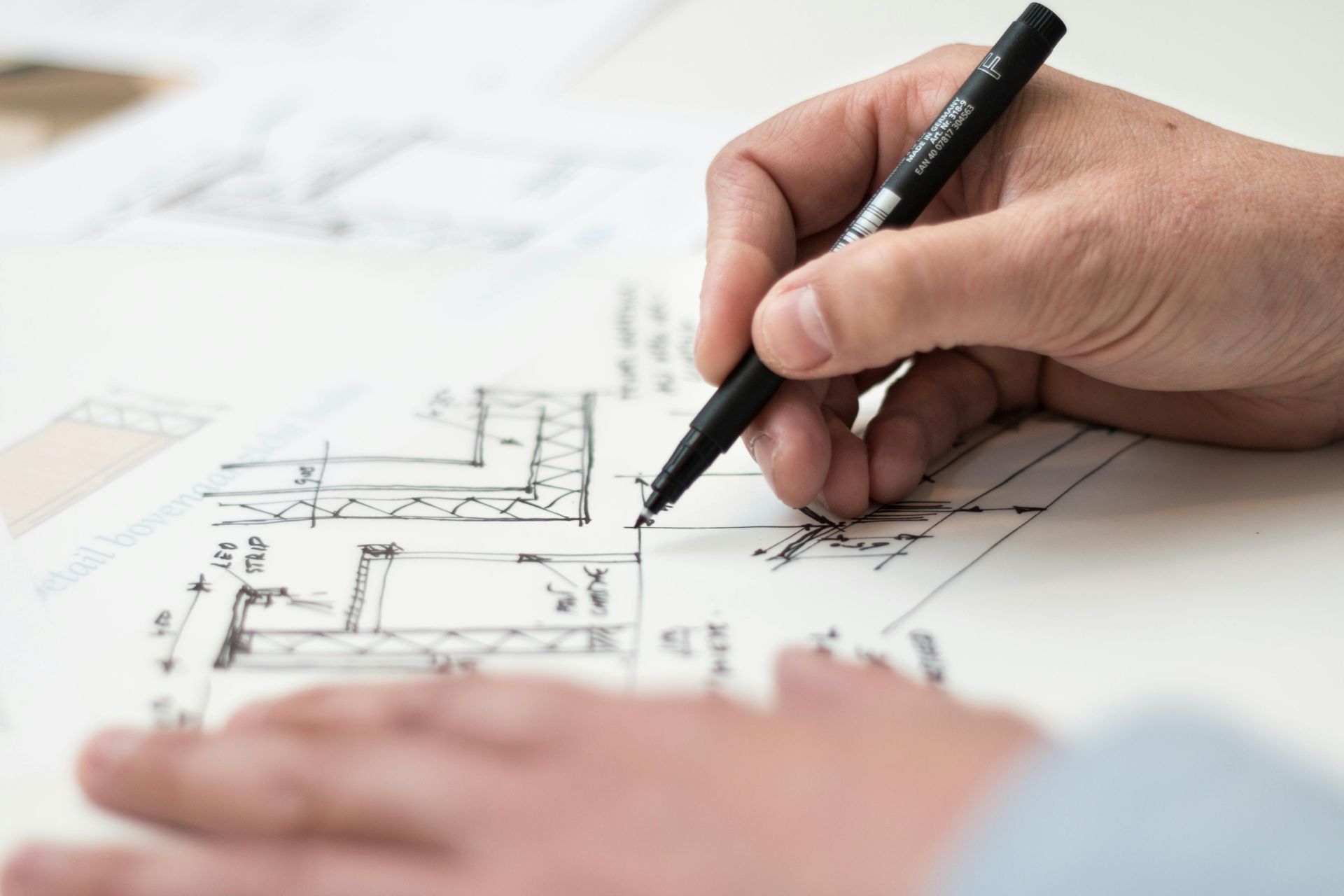Prompt Engineering for Designers: Write Smarter Prompts, Get Better Designs
ChatGPT and similar tools can draft proposals, craft narratives, and help structure presentations, but the quality of the output depends heavily on the quality of your prompts. Like a client brief, a well‑crafted prompt guides the AI toward the result you want. With a little practice, prompt engineering can become a designer’s secret weapon.
Why Prompts Matter
At its core, AI responds to the information you provide. A vague prompt will yield generic answers, while a specific prompt will generate focused, relevant content. When you need a concept statement, an outline for a scope of work, or help drafting a presentation narrative, clear guidance makes all the difference.
Building Better Prompts
To craft smarter prompts, think about the way you brief your own team. Include context, style, and desired outcomes. Here are a few guidelines:
- Be specific about format: Tell the AI whether you want a bullet list, a paragraph, or a headline.
- Provide context: Mention the project type, client goals, and design direction.
- State the tone: If you need a formal proposal or a conversational presentation, say so.
- Set constraints: Limit word count or require inclusion of certain themes.
Before and After Examples
Before: “Write a scope of work outline for a hotel lobby.”
This prompt might return a generic list that misses your brand voice.
After: “Create a concise scope of work outline (five bullets) for a boutique hotel lobby renovation. Emphasize modern Art Deco influences, include millwork detailing, and end with next steps.”
This refined prompt results in a list that matches the style and structure you need.
Before: “Generate a concept statement for a restaurant.”
The AI might produce something bland and overused.
After: “Draft a warm, energetic concept statement (one paragraph) for a farm‑to‑table restaurant featuring reclaimed wood, natural textures, and seasonal ingredients, capturing the essence of countryside comfort.”
Now the AI will evoke a specific mood and material palette.
Using Prompts in Presentations
Prompt engineering isn’t just for text. You can guide AI to structure an entire presentation. For example, ask: “Outline a ten‑slide presentation for a luxury spa concept. Include slides on mood board, plan layout, FF&E, sustainability, and budget overview.” From there, you can build your deck around the AI’s structure.
Bridging the Skills Gap with Prompt Writing
Industry conversations often highlight a growing gap between the demand for AI skills and the available talent. Learning to write effective prompts is an accessible first step into AI fluency. It requires no programming knowledge, just clear thinking about what you want. As you experiment, you’ll notice patterns: certain words prompt the AI to be more descriptive, while others make it more concise. Over time, you’ll develop a library of prompts that consistently deliver good results.
Ready to Elevate Your Workflow?
Prompt engineering can help you generate more polished proposals and narratives in less time. Combine that with Creo’s background support, and you’ve freed yourself to focus on design strategy and client relationships. Let’s talk about integrating AI into your practice so you can work smarter, not harder.




